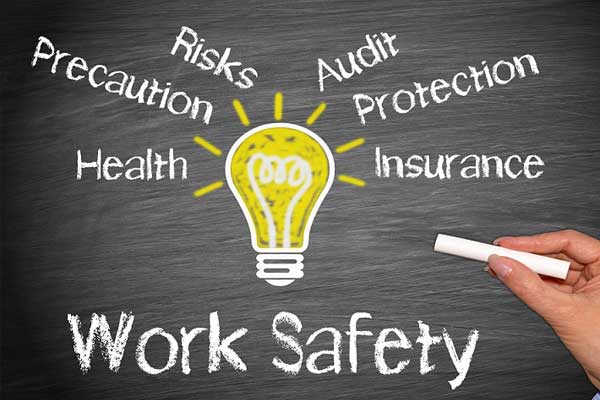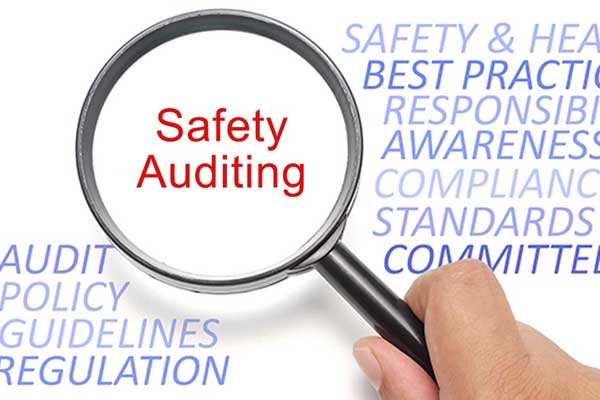Streamline Your Construction Administration with Edara’s Powerful Management Solution
In the fast-paced world of construction, efficient administration is paramoun...

If you could find a way to make your company and work environment more efficient, would you do it? Learning about safety audits can help you establish security procedures that will minimise the risk of injuries in your workplace, optimise its safety and maximise its efficiency. In this article, we will discuss the safety audit, discussing its importance and list steps to perform one for your company.
The process of evaluating the health and safety processes, procedures and protocols of a work setting is known as a safety audit. During such an audit, a group of auditors collect data about the operations within a location. The aim is to identify hazards and illustrate how making small changes or adding procedures can enhance the safety of an area for the employees. Leaders of organisations utilise audits to develop safety awareness for the team members.
Top management is usually responsible for promoting safety protocols amongst the organisations through one-on-one meetings, communicating safety policy or through specific training. Safety audits can review the practices put forward by the manager and evaluate their work performance. Similarly, safety audits can evaluate the feasibility, functionality, and, obviously, new equipment’s safety. Audit findings can help organisational leaders ensure that the people are utilising the machines correctly and conduct training sessions to address any concerns or track usage. Lastly, another critical role of a safety audit is business expansion. If any organisation wishes to expand its services to different locations, a safety audit can help ensure that the safety standards are upheld in the new location, indirectly helping to promote productivity through safer work environments.

The prime reason why safety audits are essential is that they protect employees in a professional setting. Moreover, they also help the organisation adhere to federal regulations. This is because every federal and state government has certain expectations regarding safety policies that companies must follow to prevent incurring fines. After performing a safety audit, organisational leaders are required to submit the results of the reports to show legislators that they have conducted the audit, addressed all flagged issues and fulfilled the requirements.
Safety audits are also helpful in preventing the recurrence of injuries. If any person gets injured on your premises, performing the safety audit will help you identify the incident’s root cause, helping you put safeguards that mitigate it. Similarly, performing safety audits will allow you to update safety protocols as you can identify new risks and add them to your policies. This will help to keep your people well-informed, updated and vigilant.
More importantly, conducting safety audits showcases your organisation’s dedication to safety. When you conduct frequent safety audits, you promote safety and showcase your commitment to protecting your staff. This can be highly encouraging for the staff members, as they feel like valuable assets. Consequently, the staff would be encouraged to follow policies and report any new/potential hazards. Similarly, it can be extremely reassuring and appealing to new customers to trust an organisation that cares for its employees. If you are perceived as a safe working place, new customers are bound to trust you.
Also read: ” What Is Injury Management?”
Although the exact steps will vary depending upon the individual circumstance of your organisation, you can consider the following steps when performing a safety audit:

The safety audit is a crucial step in maximising the health and safety of your organisation. It not only helps you prevent injuries in your workplace but also helps enhance customer trust and employee confidence and adhere to various regulations. If you intend to use safety software in Australia, you can contact Edara Systems.
Comments